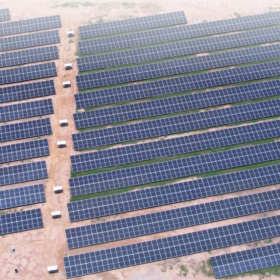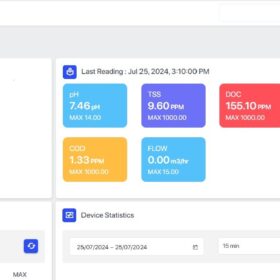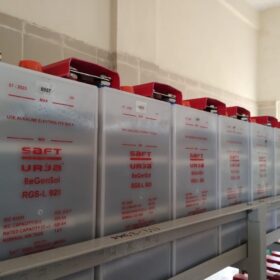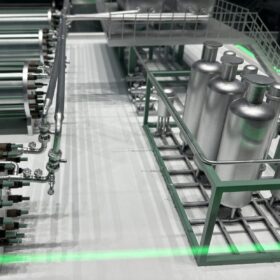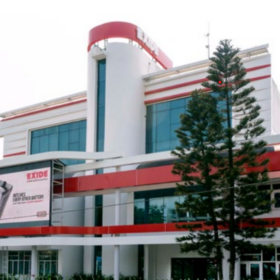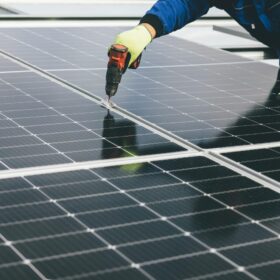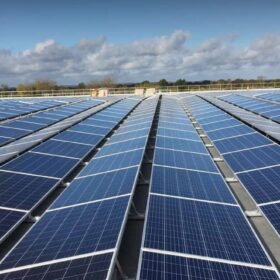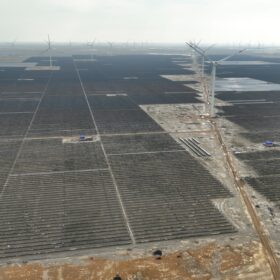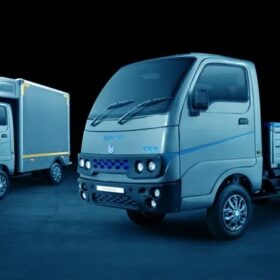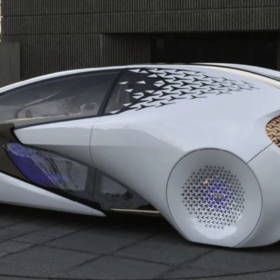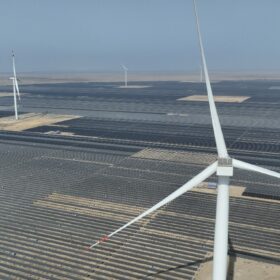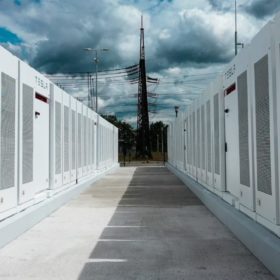Waaree Renewable Technologies posts nine-month revenue of INR 1,121.17 crore
Waaree Renewable Technologies has reported a revenue of INR 1,121.17 crore for nine-months ended on Dec. 31, 2024, 85.87% up year-on-year.
AI and Data Analytics in energy operations
Artificial intelligence (AI) and Data Analytics are transforming energy operations by introducing capabilities that were once unimaginable. These technologies provide actionable insights, automate processes, and enable real-time decision-making, making energy systems smarter and more resilient.
BPCL ropes in Volks Energie for LFP-Based solar storage plants
Bharat Petroleum Corp. Ltd (BPCL) has entrusted Volks Energie with deployment of a cumulative solar capacity of 280 kW backed with lithium ferro phosphate (LFP) battery storage of 1.6 MWh for its oil and gas pipeline network. The solar-plus-storage capacity will be equally distributed across 14 strategic locations in Andhra Pradesh and Telangana.
Solar discovery could transform hydrogen production
An international study led by Flinders University in Australia has advanced nanoscale chemistry to further develop sustainable and efficient generation of hydrogen from water using solar power.
Exide Industries invests INR 149.99 crore in lithium battery arm
Exide Industries Ltd has made equity investment of INR 149.99 crore, on rights basis, in Exide Energy Solutions. The investment will fund Exide Energy Solutions’ greenfield lithium battery plant in Bengaluru and meet its various funding requirements.
U.S. solar panel supply ‘sufficient’ but two bottlenecks hold industry back
Solar panel supply is no issue, but other installation bottlenecks have emerged, said a report from Clean Energy Associates.
Hartek secures the largest rooftop solar plant in Jammu & Kashmir
Hartek Group has won the complete EPC order for an 8 MW rooftop solar plant in Jammu & Kashmir. The project has been awarded by Kandhari Beverages.
Adani Green Energy achieves operational RE capacity of 11.6 GW
Adani Green Energy Ltd commissioned 3,131 MW of renewable energy capacity (2,693 MW solar and 438 MW wind) in the April-Dec. 2024 period, taking its cumulative operational capacity to 11.6 GW.
Middle-mile logistics: Why commercial EVs are the missing link in sustainable supply chains
As dark stores move closer to consumers to reduce turnaround times, the demand for frequent, efficient restocking has surged. This shift has brought the middle mile into focus as a space ripe for innovation, particularly through the integration of commercial electric vehicles (EVs).
Japan keeps lead in solid-state battery development
While China, South Korea, Europe, and the United States are also engaged in active development of all solid-state batteries, Japan is leading the charge, offering generous subsidies to technology proponents.
